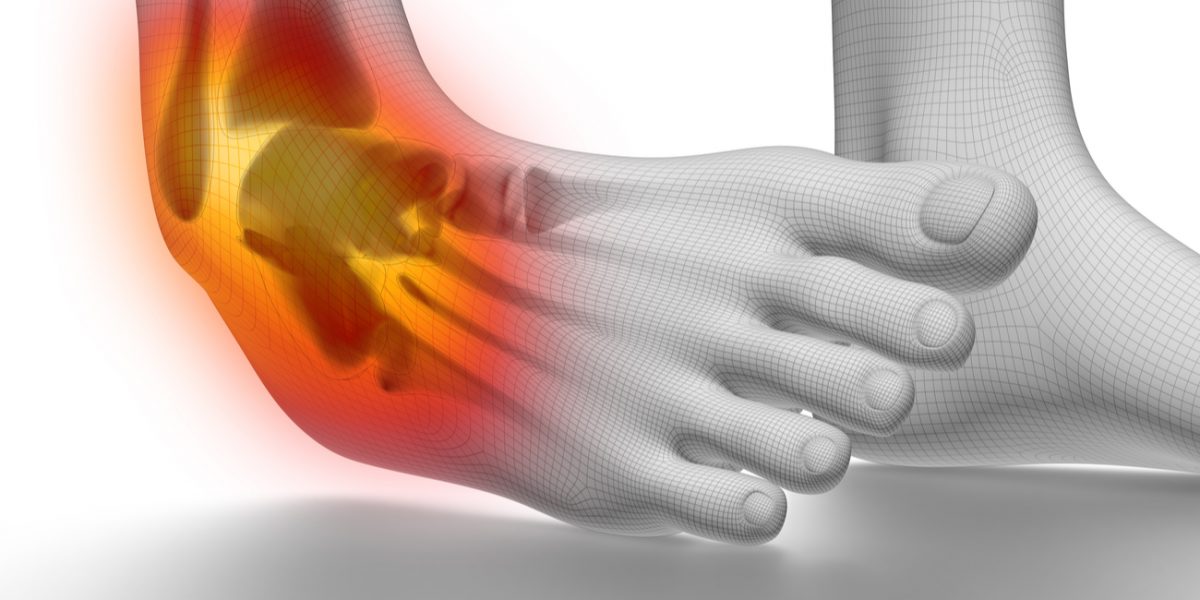
If you happen to be involved in sports like basketball, tennis, football, or soccer you may be more familiar with ankle sprains than you would like. Trail enthusiasts, runners, and active people are some of the most common recipients of ankle sprains. Most of the time, with proper treatment, ankle sprains can heal effectively. What happens, however, when ankle pain does not subside? If ankle pain after a sprain persists beyond four to six weeks, it may be an indication of a chronic ankle sprain.
At EmergeOrtho—Triangle Region, we have an entire subspecialty orthopedic team dedicated to diagnosing and treating foot and ankle injuries and conditions. Our board-certified, fellowship-trained physicians provide quality, sophisticated orthopedic care at affordable prices.
Watch the video below to see what you should do if your ankle sprain pain continues. And, get an inside view of how the foot and ankle orthopedic specialists at the Triangle Region addresses treatment for chronic ankle sprains from our very own Dr. Nicholas Viens.
What Does It Mean If You Have Chronic Ankle Pain After a Sprain?
An ankle sprain results from the overstretching or tear of the ligaments. An ankle sprain is diagnosed as a one-, two-, or three-grade sprain.
Based on the diagnosis and severity of the ankle sprain, conservative treatment typically consists of a three-phase plan:
- Rest
An orthopedic physician may prescribe a supportive wrap or brace to protect the ankle. Rest and restriction from certain activities are often recommended for a period of time. Ice and elevation are often suggested immediately following the injury. - Physical Therapy
Either formal physical therapy sessions or special rehabilitation exercises are introduced to restore mobility, strength, and flexibility. - Activity Reintroduction
Once recovery has progressed, orthopedic physicians will evaluate how well the ankle has healed and potentially clear the return to activities that do not involve twisting the ankle or sharp, sudden movements. Patients may be told to continue to perform physical therapy stretches and exercises during the last phase of treatment.
It is extremely important to follow the treatment guidelines provided by your orthopedic doctor. Sprained ankles that are left untreated can worsen the condition and increase the likelihood of a re-injury. Similar outcomes can occur if a phase of treatment is skipped or not completed properly.
Repeated ankle sprains can cause problems which include:
- Ankle pain (chronic)
- Arthritis
- Ankle Instability
- Tendonitis and tears
Improve Your Chances of Complete Ankle Sprain Recovery
Ankle pain for months, combined with a feeling like the ankle is “giving way,” is an indication that the ankle ligaments may not have healed properly.
Consulting with a board-certified orthopedic foot and ankle specialist will ensure that a correct diagnosis is made so that a personalized treatment plan is put in place.

As demonstrated in the helpful video above featuring ankle expert Dr. Viens, EmergeOrtho—Triangle Region offers patients a number of cutting-edge treatments for ankle pain, which include:
- RICE Method
Rest, ice, compression, and elevation. - Physical Therapy
Special exercises to strengthen the muscles and improve range-of-motion. - Assistive Devices
A medical boot may be prescribed to provide the ankle with support. - Steroid Injections
Steroid injections can help reduce pain and inflammation.
If non-surgical treatment methods have not been successful in addressing pain, EmergeOrtho—Triangle Region offers a number of innovative surgical procedures with promising results.
If you have been experiencing prolonged ankle pain after a sprain, do not wait to seek treatment—self-schedule an appointment now. Or, call us any time at 919-220-5255.








